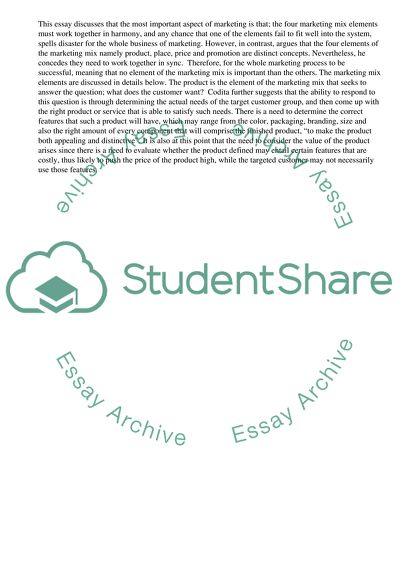Cite this document
(“Element of the marketing mix Coursework Example | Topics and Well Written Essays - 1750 words”, n.d.)
Retrieved from https://studentshare.org/business/1628067-element-of-the-marketing-mix
Retrieved from https://studentshare.org/business/1628067-element-of-the-marketing-mix
(Element of the Marketing Mix Coursework Example | Topics and Well Written Essays - 1750 Words)
https://studentshare.org/business/1628067-element-of-the-marketing-mix.
https://studentshare.org/business/1628067-element-of-the-marketing-mix.
“Element of the Marketing Mix Coursework Example | Topics and Well Written Essays - 1750 Words”, n.d. https://studentshare.org/business/1628067-element-of-the-marketing-mix.


